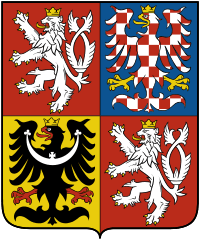GARDENING OF SOUL: IN FIVE CHAPTERS

Published
| Region | Ústí nad Labem Region |
|---|---|
| Title of the Programme | Culture |
| Title of the Project | GARDENING OF SOUL: IN FIVE CHAPTERS |
| Project Website | https://www.ujep.cz
|
| Number of the Project | KU-CA2-004 |
| Project Promoter | University of Jan Evangelista Purkyně in Ústí nad Labem |
| Project Partner from Donor State | Skaftfell Center for Visual Art (Iceland) |
| Czech Partner | People in need
|
| Status | Expected project duration: 05/2022–03/2024 |
| More Information | Target group: artists, students, general public |
| Total Eligible Costs | 196 813 EUR |
| Grant | 177 131 EUR (90 %) |
Project description:
Placed within the international art context, the project GARDENING OF SOUL: IN FIVE CHAPTERS focuses on establishing connectivity between current artistic expression and the various social activities that have begun to emerge from the desire to cultivate and nurture one’s surroundings, which can be symbolically described as a tendency manifesting itself through various forms of collective gardening.
The garden – and the work associated with developing and maintaining it – are without a doubt metaphorically linked to the determination of an individual to enhance and share a specific space and, at the same time, use this space to ensure both material and existential needs.
Through the realisation of 17 artworks installed in public space, the project will bring together participating art institutions and invited artists from ten countries on four continents with community representatives from these countries. It will provide them with the opportunity to work together in an effort to construct symbolic places growing out of a dialogue between various forms of artistic projects and the act of improving forgotten or otherwise neglected locations. These may include localities scarred by economic exploitation, dilapidated post-industrial areas and socially excluded communities, but they could also be diverse spaces where there is a rich interaction between specific social groups.

